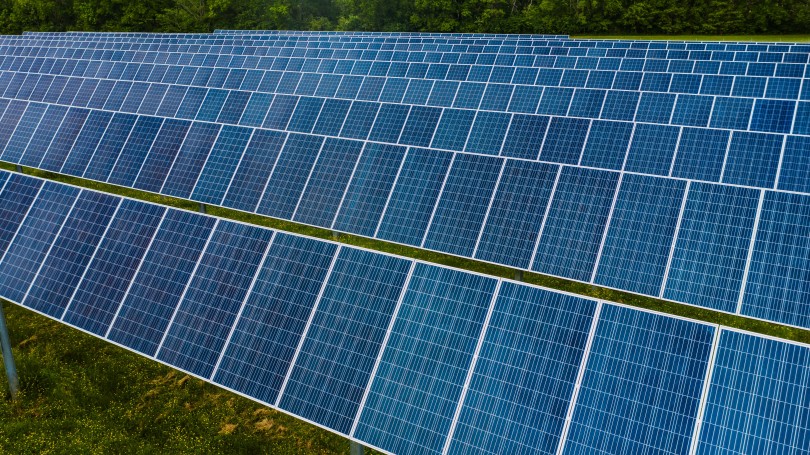Why Is the Gulf Attracting Climate Tech Businesses?
28 Jun 24
Enviro ChatThe Global News Source for the World of Science and Chemicals
26 October 2020
Enviro Chat
While the Arab Gulf may be synonymous with fossil fuels, many countries in the region are making strides towards transitioning to cleaner forms of energy generation. Indeed, the renewables movement is gathering pace in the Middle East, even despite the economic struggles caused by the coronavirus pandemic and the falling prices of oil and gas.
That represents excellent news for a part of the world which has built much of its immense wealth on the extraction and exportation of fossil fuels. Conscious of changing global attitudes towards oil and gas and the need to replace them with more environmentally friendly alternatives, the UAE and Saudi Arabia are leading the Arabian Gulf charge towards a cleaner tomorrow.
The economic fallout from COVID-19 has meant that countries across the world have had to rethink their priorities, which had led to environmental concerns that power companies may drag their feet when it comes to green energy, using the current crisis as an excuse. While that may be in evidence in some parts of the world, it doesn’t appear to have occurred in the Middle East.
Indeed, the current pipeline of solar projects has not suffered a dramatic decrease so far in 2020, indicating that the region has largely sustained the economic shocks well. At the end of last year, the Middle East had 5.1GW of solar power capacity and 700MW of wind capacity installed and operational. Within the next five years, however, those figures are set to more than double, with nearly 7GW of solar projects and 1.5GW of wind farms in development.
Saudi Arabia is expected to be one of the biggest players in renewables in the region over the coming years, despite its status as the largest exporter of oil worldwide. It recently launched its first ever wind farm and has opened up the third round of tenders on a 1.2GW solar project, which is expected to yield the lowest kilowatt-per-hour price for a solar farm in the world.
The UAE are not far behind, however. The country is targeting the production of half of all of its power needs from clean sources (including nuclear) by 2050. The biggest solar farm in the world is already in development in Abu Dhabi as the country aims to join China, Egypt and India with a 1GW-plus facility in the near future.
Of the six members of the Gulf Cooperation Council (GCC), four have invested in significant renewables projects over recent times. As well as Saudi Arabia and the UAE, Oman and Qatar are also pursuing a diversification of their energy generation and economic income portfolios.
Further afield, the renewables revolution is also continuing unabated by the COVID-19 crisis. In fact, the sector was the only one in the entire energy industry to increase its market share during lockdown, with coal, oil and gas all losing out. Although renewables only comprise 1% of the Middle East’s energy portfolio, that percentage is expected to rise to at least 3% within the next five years.
DOWNLOAD PDF

2 Day Seminar Program
@ ArabLab+ 2024
24 & 25 September 2024
Your stay in Dubai
Labkit
Product News
Chemkit
Product News
Thinking about exhibiting at ARABLAB 2024? Watch our video to find out more.
Join the world’s leading organisations…
Join our mailing list and receive the ARABLAB newsletter and event updates.